'He's probably pissed off' – Dying Light: The Beast director discusses setting a super-powered Kyle Crane loose and dialing the gore up to 11
Kyle Crane is back and beastlier than ever

It’s been almost ten years since we last saw Dying Light protagonist Kyle Crane. Kidnapped by a sinister cult at the end of The Following expansion, the rugged mercenary has been subjected to countless twisted experiments. His DNA spliced with that of a zombie, in this upcoming instalment, he’s been transformed from an adept survivor into something more than human - the titular beast.
“Kyle was in a closed environment without any sunlight, in a bunker for more than a decade,” explains Dying Light: The Beast director Nathan Lemaire. “When he gets out, he’s probably pissed off. Also, a little bit scared and surprised. It’s a roller coaster of emotions.” Unleashed in the all-new open world environment of Castor Woods, Kyle’s aim is singular: enact bloody vengeance on The Baron, the powerful warlord behind his capture.
The effects of this isolation are evident throughout my four-hour hands-on, which picks up shortly after his escape at the start of the game. Although still voiced by Sonic the Hedgehog and Assassin’s Creed star Roger Craig Smith, Kyle’s interactions seem blunter than ever before.

New threats
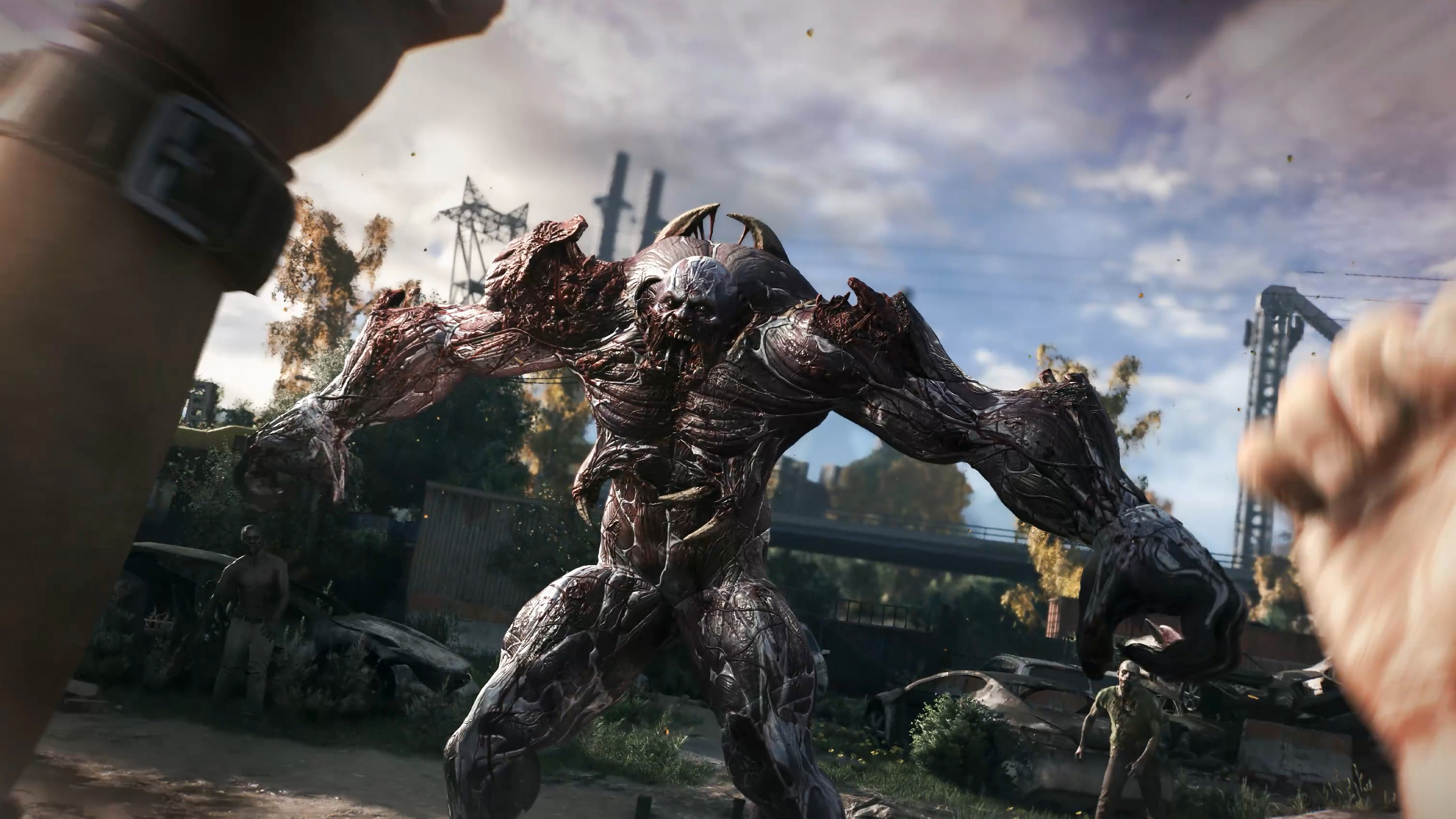
Aided by the mysterious survivor Olivia, Kyle explores an abandoned monastery on the outskirts of the woods. This largely self-contained area serves as the tutorial, pitting you against a few basic infected and guiding you through the process of setting up a safe zone inside. The training wheels don’t stay on for long, however, with the sudden arrival of a Chimera in the building’s inner courtyard.
Hulking mutant zombies created by the Baron, Chimeras, present a significant challenge for Kyle. “We wanted to make Chimeras feel like bosses,” explains Lemaire. “They are super cranked-up enemy archetypes with new animations, new visuals, and so on. We wanted to make sure that they all feel different.”
The first that you face is the Reaper, a giant gas-mask wearing creature clad in a ruined hazmat suit that’s ripped away to reveal exposed, bloody flesh. Grunting and panting, it charges at Kyle with attacks that must be evaded with a quick dodge.
Armed with a spade and whatever else you can scavenge from the surroundings, your basic melee attacks do little to whittle down its mammoth health bar. Luckily, each successful hit brings you closer to triggering Beast Mode and tapping into Kyle's mutant powers.
Sign up for breaking news, reviews, opinion, top tech deals, and more.
Beast in class
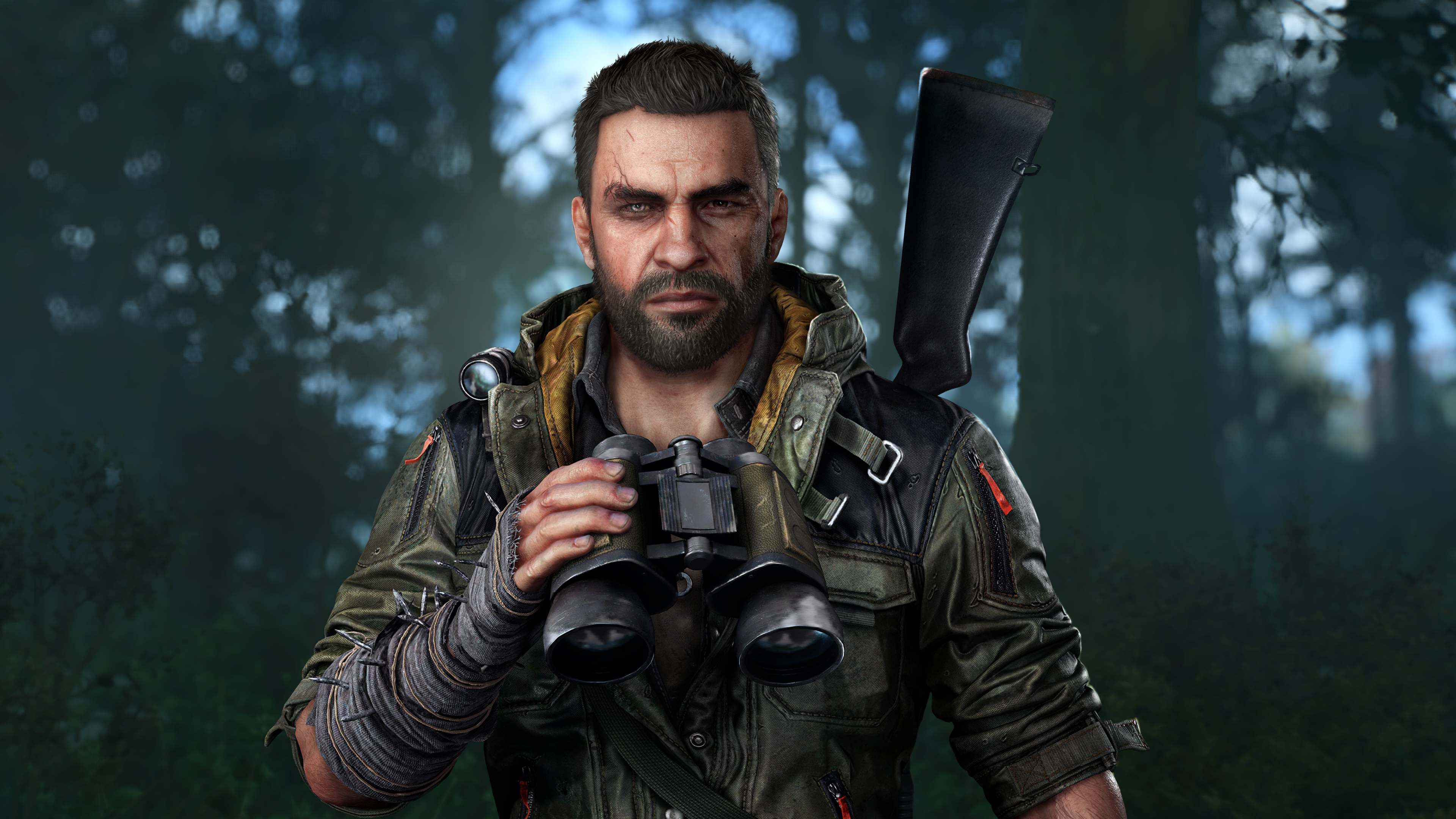
Beast Mode sees you enter a violent frenzy, massively increasing the damage of your swings for a short time. It's an invaluable tool against powerful foes and, according to Lemaire, a way to “question humanity versus the beast, and what it takes to survive in a world like this.”
“It’s a very good way to, for a short moment, completely change the paradigm of who is the prey, who are the predators,” he adds, though entering Beast Mode is never a sure-fire guarantee of success.
This became apparent in my later confrontation with the Mist, a terrifyingly agile Chimera that darts around its secluded arena and summons waves of reinforcements with ear-piercing screams.
“The Mist is on an island covered with fog, and she's very mobile,” he explains. “As the beast, you have super powerful fists, but she moves around, so you need to actually make sure that you can reach her before you unleash your power.” Although “the beast is always the best tool against bosses,” timing it for the right moment can be tricky. Once the on-screen power bar is full, it triggers immediately - with the ability to choose when it happens unlocked later in the game.
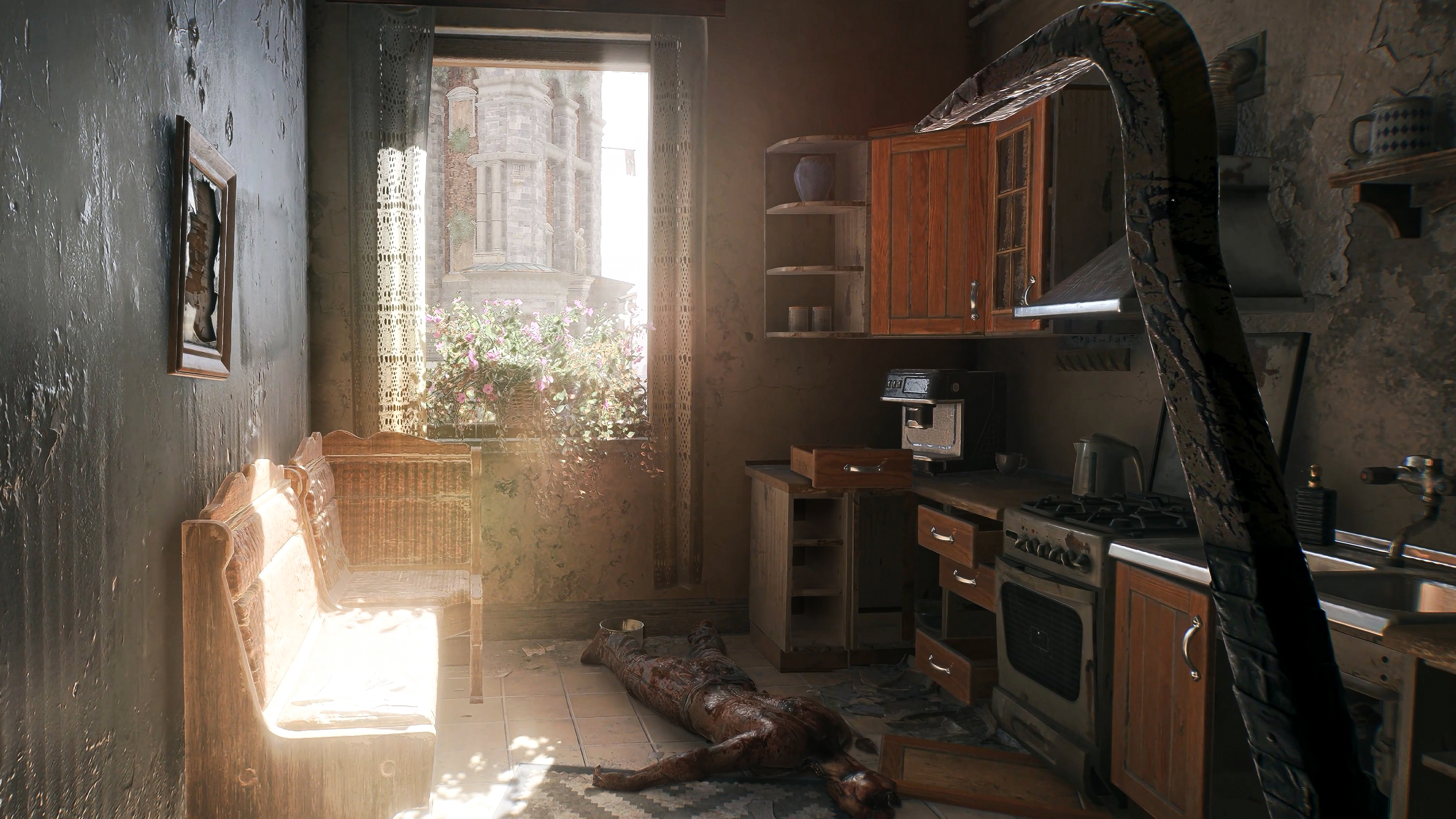
You might be tempted to avoid fighting Chimeras at first, but killing them is essential to progress. Olivia equips Kyle with a tool to harvest Chimera blood, which he can inject into his arm to enhance his beastly powers. This is manifested in two distinct skill trees, a standard survivor one with a range of familiar buffs, like unlocking the drop kick or added resilience to withstand falls from a greater height, that you work through by just levelling up, and another with special Beast Mode abilities.
Ploughing through hordes of the undead in your beastly form is the perfect showcase of the game’s enhanced gore system, too, which now more accurately reflects the damage that you inflict. “Viscerality and physicality are some of the distinct elements of the Dying Light franchise,” reveals Lemaire.
“We want to craft a world that feels realistic, and the way you interact with it needs to be realistic as well. We are investing a lot into making the impact feel real, and for that, we turned up the gore effects by making it more precise and also more coherent based on your weapon.” As a result, the system factors in the type of weapon that you are using, whether it’s blunt or slashing, and also the strength of individual blows.
Trigger happy
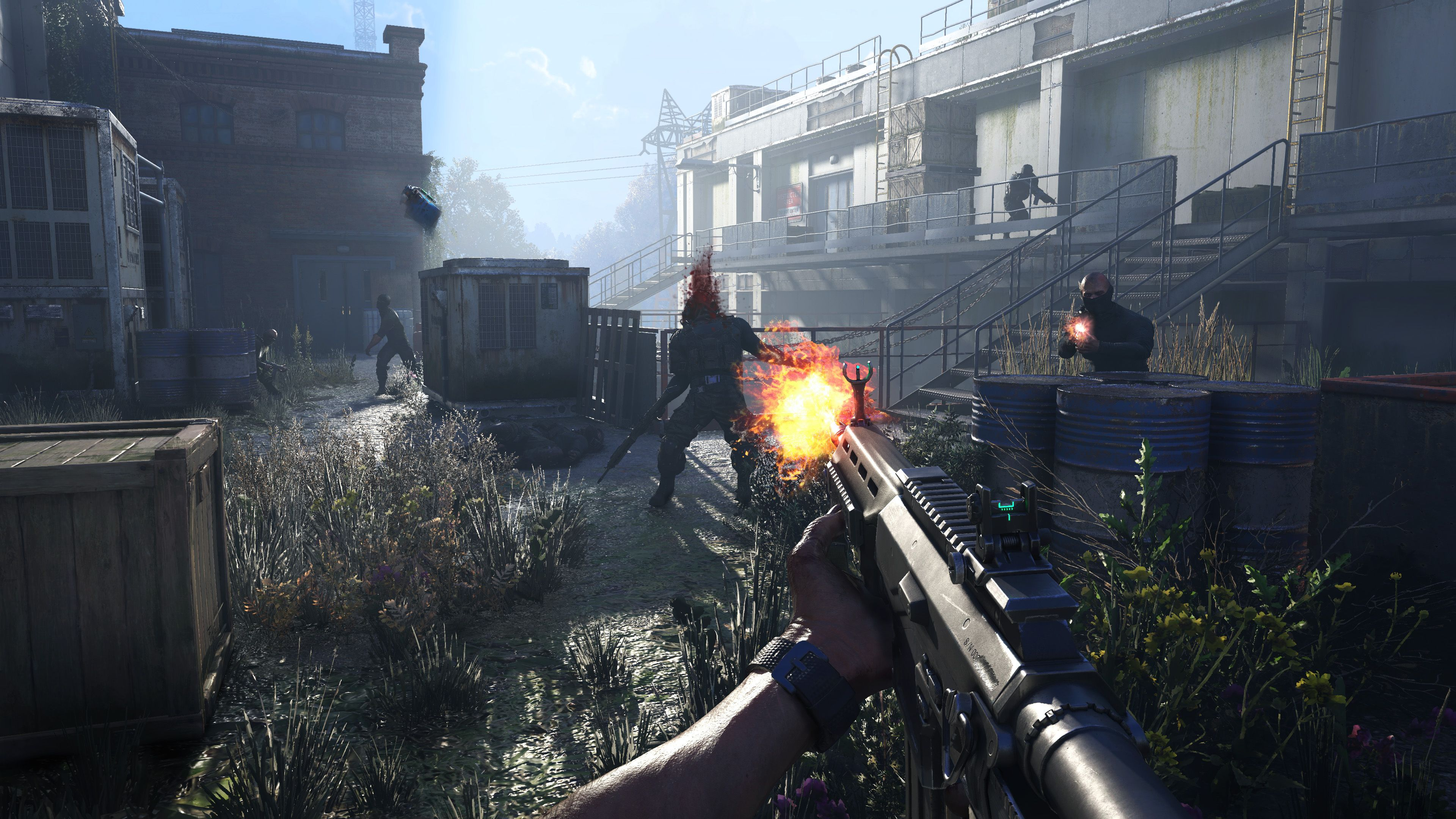
Beast Mode isn’t the only strong tool in Kyle’s arsenal, though, as Dying Light: The Beast also prominently features firearms from the get-go. Guns were entirely absent from the previous instalment, Dying Light 2 Stay Human, at launch, but were subsequently added in an update. According to Lemaire, the decision to include them from the start “goes in line with expanding the number of tools for players and expanding the franchise in general.”
“Guns in Dying Light: The Beast are introduced earlier and progressively through the game. You have a pistol at the beginning, then you will start facing people with rifles, you get a shotgun, and so on,” he continues. I found that guns were highly effective against most undead enemies early on, but the developers were careful to balance everything in a way that kept the action tense.
“We wanted to make sure we're not turning the game into a shooter,” he stresses. “They are a set of tools that are as efficient as melee weapons, because they come with a trade-off. You can use them, of course, but if you’re in the open world and you use guns, you will draw the attention of Virals. In the end, you would actually use more ammunition, which is okay if you have plenty, but ammunition is rather scarce.”
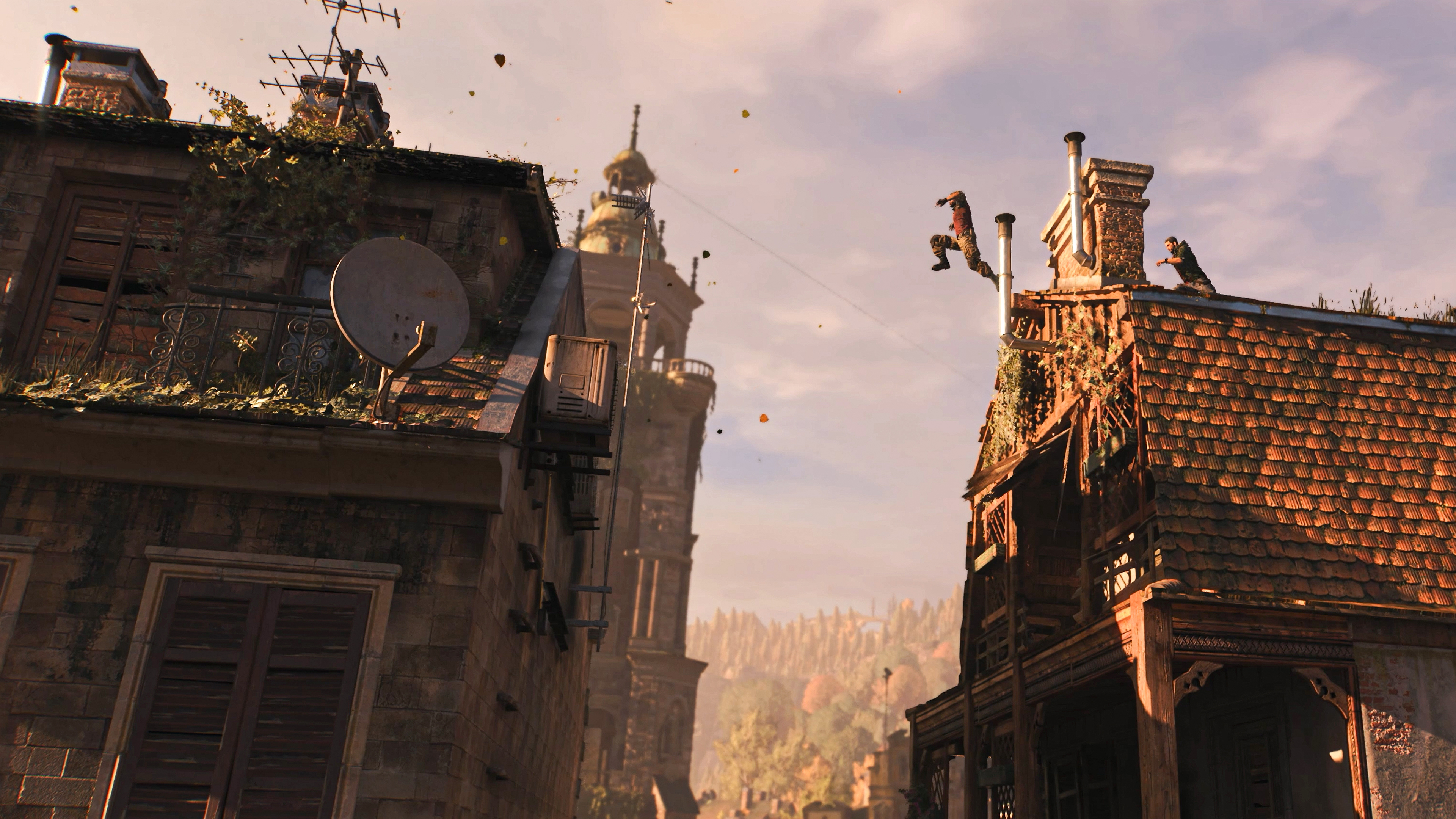
When you’re short on supplies, running from foes can be the most effective way of staying alive. Dying Light: The Beast carries forward the series’ signature parkour system, letting you run, jump, and climb over almost anything. Despite the shift to a more rural setting, there are plenty of opportunities to take advantage of all the mobility. “It's much more organic than Dying Light 2, I feel,” argues Lemaire.
Castor Woods is home to a built-up town center, with narrow streets that let you leap between open rooftops easily. “Then for the other areas, like the industrial park, it’s the same kind of thing, but in a different setting, because it's train wreckage or containers. There’s a lot of difference in scale,” he adds. “Then for areas like the national park, it's more about cliffs, it's about finding your way through trees.”
Out of the woods
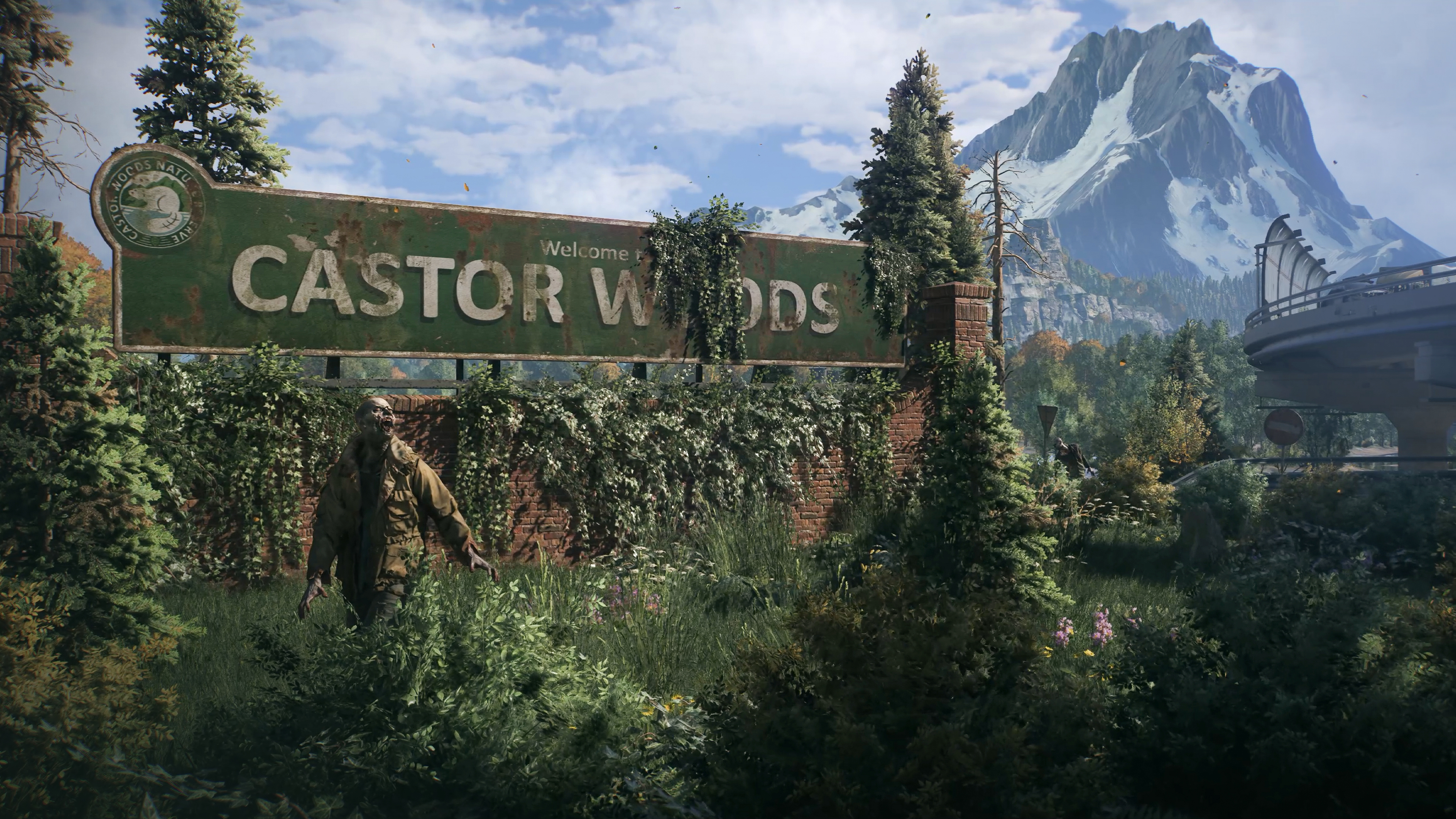
The map is densely packed, but certainly isn’t small. Drivable cars have been introduced to make navigating some of its more open areas easier, presenting lots of new possibilities. “The car itself is an element that is well integrated into Dying Light’s systems. The engine generates sound that attracts nearby Biters, but also sometimes attracts Virals. Virals run at you and jump on the hood of your vehicle.”
The car also opens up plenty of possibilities in co-op play, whether that’s honking the horn to lure hordes towards your unlucky friends or having them sit in the passenger seats to shoot at passing foes. Dying Light: The Beast will support up to four players at once with shared progression for everyone, regardless of whether the mission or activity that you are completing is available to them.
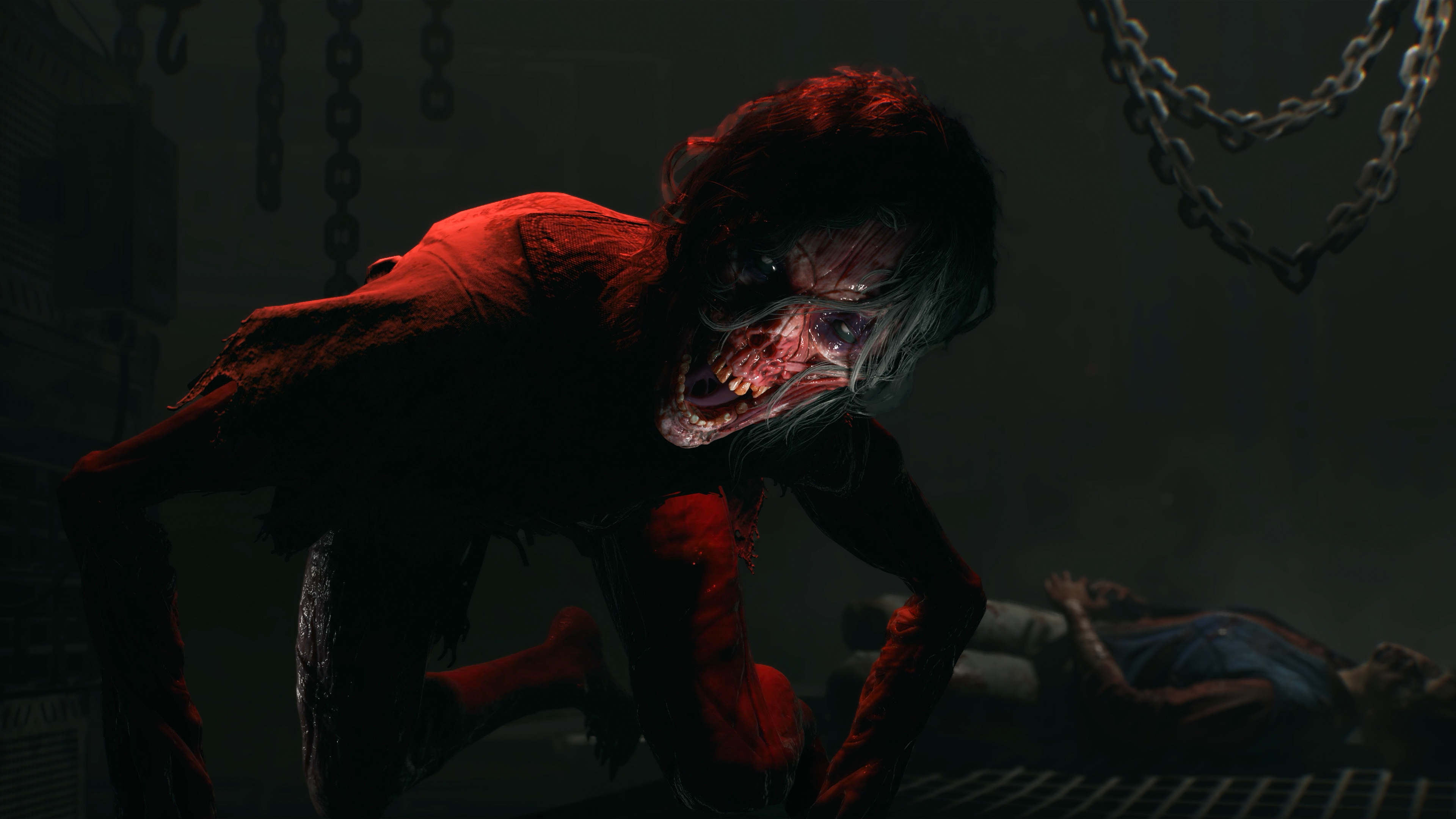
Safe zones are now much further apart than in Dying Light 2, meaning that you will have to plan your excursions carefully, even if you’re exploring as a group. This is especially true when nighttime arrives, and the world is filled with powerful patrolling Volatiles. “It's super important that the chase is very, very difficult,” Lemaire says.
“You should not fight volatiles, at least for most of the game. They are just powerful. You need to run, you need to hide, and you need to escape them. The only time when you don't is in Beast Mode, but you still need to be careful, because Beast Mode is not infinite.”
It’s the kind of high-stakes, high-pressure experience that made the original Dying Light so compelling, and I can’t wait to dive deeper into The Beast when it launches for PlayStation 5, Xbox Series X and Series S, and PC on August 22, 2025.
A PlayStation 4 and Xbox One release is planned for later this year.
You might also like...
- Me, myself, and I: Alex Jordan on the 'mind-boggling' task of voicing every Jan Dolski in The Alters
- Donkey Kong Bananza is a must-have Nintendo Switch 2 game and worthy Super Mario Odyssey successor
- I got early access to Marvel Rivals Season 3, and I can’t wait for everyone to try out Spider-Man’s new Burn-Tracer Team Up attack

Dash is an experienced tech journalist who currently serves as the Gaming Editor at TechRadar, where he helps oversee coverage of video games and related products.
Before joining the team, he was Contributing Writer at PLAY (formerly Official PlayStation Magazine) and has also written articles for many of the UK's biggest gaming magazines including Edge, PC Gamer, and SFX.
Now, when he's not getting his greasy little mitts on the newest hardware or gaming gadget, he can be found listening to J-pop or feverishly devouring the latest Nintendo Switch otome.
You must confirm your public display name before commenting
Please logout and then login again, you will then be prompted to enter your display name.